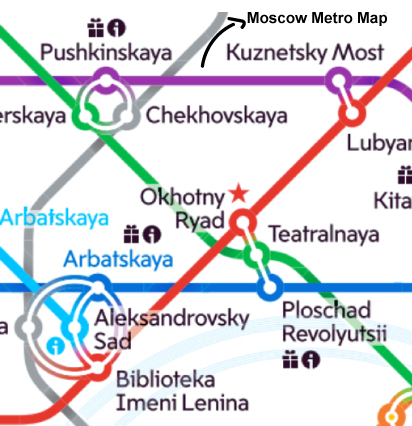The Moscow Metro stands as one of the world’s most impressive public transportation networks, combining functionality with stunning architectural beauty. Since opening in 1935, this underground marvel has become an integral part of Moscow’s identity and a must-see attraction for millions of visitors annually.
History and Development of Moscow Metro
The Moscow Metro began construction in 1931 under Stalin’s leadership, with the first line opening on May 15, 1935. Originally conceived as a showcase of Soviet engineering prowess, the metro was designed to demonstrate the USSR’s technological capabilities and artistic vision. Today, the system continues to expand, with new stations regularly added to serve Moscow’s growing population of over 12 million residents.
Network Overview and Statistics
The Moscow Metro operates 15 lines covering approximately 408 kilometers of track, making it the sixth-longest metro system globally. With over 230 stations, the network serves an estimated 2.5 billion passengers annually, ranking among the world’s busiest subway systems. The system operates from 5:30 AM to 1:00 AM daily, with trains running every 90 seconds during peak hours.
Architectural Splendor: Underground Palaces
What sets the Moscow Metro apart from other subway systems worldwide is its breathtaking architecture. Many stations resemble underground palaces, featuring:
- Marble columns and walls crafted from precious stones
- Ornate chandeliers illuminating grand halls
- Intricate mosaics depicting Soviet history and achievements
- Bronze sculptures and artistic reliefs
- Vaulted ceilings with detailed frescoes
Notable stations include Komsomolskaya, featuring baroque-style mosaics; Mayakovskaya, with its art deco stainless steel arches; and Novoslobodskaya, known for its stunning stained glass panels.
Modern Technology and Efficiency
Beyond its artistic merit, the Moscow Metro operates as a highly efficient transportation system. Modern features include:
- Digital payment systems accepting contactless cards and smartphones
- Real-time arrival information displays
- Wi-Fi connectivity throughout most stations
- Accessibility improvements for disabled passengers
- Advanced ventilation and safety systems
Cultural Significance and Tourism
The Moscow Metro functions as more than just transportation—it’s a cultural institution. UNESCO has recognized several stations as cultural heritage sites. Free guided tours are available, highlighting the system’s artistic and historical significance. Many stations serve as venues for art exhibitions and cultural events.
Navigation Tips for Visitors
Navigating the Moscow Metro is straightforward with proper preparation:
- Purchase a Troika card for convenient fare payment
- Download the official Moscow Metro app for route planning
- Learn basic Cyrillic alphabet for station identification
- Allow extra time to admire architectural details
- Follow platform etiquette: stand right on escalators
Future Expansion Plans
Moscow continues investing in metro expansion, with ambitious plans including new lines, station upgrades, and integration with suburban rail networks. The Moscow Central Circle and future projects will further enhance connectivity across the metropolitan area.
The Moscow Metro represents a unique blend of practical urban transportation and artistic achievement, making it an essential experience for anyone visiting Russia’s capital city

